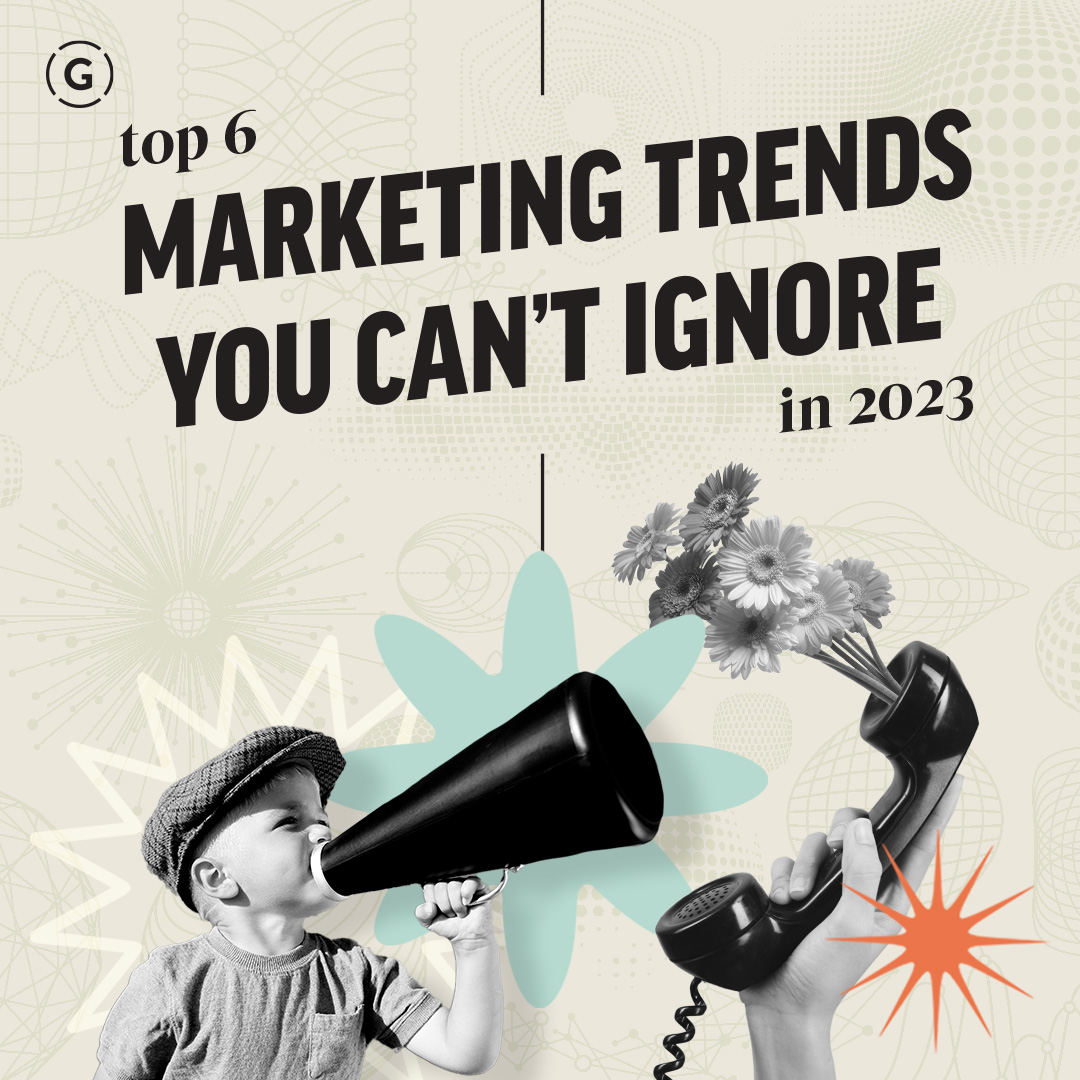When the economy slows down and the warning lights of an economic downturn start to show up, leadership’s first instinct is often to reduce spending. Marketing, in particular, is often seen as one of the first major areas to make deep cuts. But, perhaps counter-intuitively, going dark with your marketing and media efforts is not the answer.
Time and time again, case studies throughout history show us that the most effective brands adapt to take advantage of economic uncertainty by marketing during a recession. But that does not mean they simply maintain the status quo. Rising above the fray takes a strategic, thoughtful approach. This article will walk you through how the most successful brands do it.
1. Raise Your Voice
As competitors across almost every industry cut back on their marketing during a recession, in the form of fewer offerings and less outreach, digital and print advertising space opens up. This shift in available inventory means that brands can increase their share of voice without increasing their spend. This also means that companies that maintain their media spend during economic uncertainty stand to profit significantly.The impact is often even greater for companies that double down.
The United States has experienced 19 major recessions throughout the nation’s history. In every single case since at least the 1970s, companies that increased their marketing during a recession outperformed their competitors. In fact, in the 1980s downturn, companies which increased or maintained their advertising performed 256% better than the competition.
2. Relate to Your Audience
Simply advertising more during a recession does not guarantee results. It won’t help brands to amplify a message that is not resonating with the new reality. It’s just as important for the tone and message of a brand’s advertising to be aligned with consumers’ needs. In the midst of economic uncertainty, brands need to put themselves in their customers’ shoes and prove they understand their new challenges. After brands listen to their customers, they can offer thoughtful solutions that provide value in their lives.
A 2012 study called “Marketing During Recession: Survival Tactics” revealed that, across a wide range of product categories, brands that changed their creative approach had five times more impact than those that simply reallocated marketing budgets. Let’s say that again to let it fully resonate. Brands which changed their creative approach had FIVE TIMES greater impact. As an added bonus, developing authentic creative that resonates can help overcome challenges with personal data privacy restrictions as well.
3. Reallocate Resources
By now, it’s clear that the question isn’t how little to invest in marketing during a recession, but how to best allocate your marketing dollars. In many cases, marketing budgets will be focused on a narrower set of product offerings.
During times of financial instability, consumers require value more than ever. That’s why, in addition to re-allocating marketing budgets, economic downturns are also an opportunity for smart companies to take a critical look at their brand offerings. If customers are not in a position to purchase top tier products at premium prices, brands should direct their energies towards their most relevant product lines, and even consider releasing new products that create more added value.
4. Remain Ready
The moral of the story is that, in any economy, brands must be tuned in to their customers and ready to meet their needs. For more in depth information on how brands have accomplished this in the past, we’ve put together the Essential Rules to Marketing in Uncertain Times, with some specific examples of brands who have successfully met this challenge over the years.
While there’s no such thing as a recession-proof marketing strategy, it is clear that staying in the game is critical during a downturn. Failure to do so might save money in the short run, but at the expense of a decreased market share that can take years to rebuild.
Gigasavvy is a brand strategy, content creation and creative agency that is passionate about helping clients amplify their message and achieve success. Contact us for help with your marketing.



